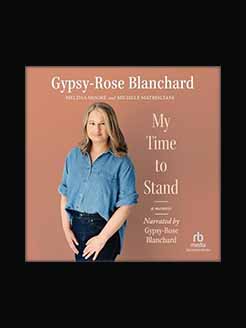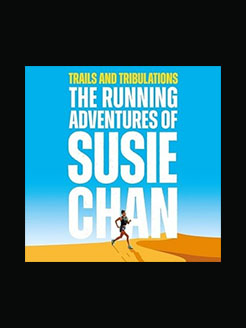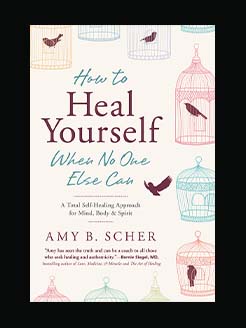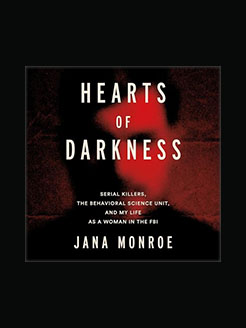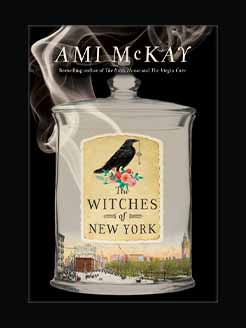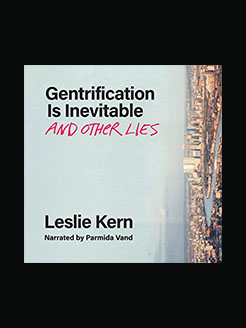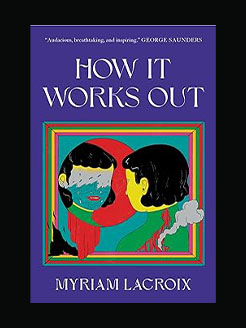Published in 2021
320 pages
Nina Auerbach is professor of English at the University of Pennsylvania.
U. C. Knoepflmacher is professor of English at Princeton University.
What is this book about?
A handful of women, writing ca. 1867-79, used the plot of a girl’s journey to forbidding places as a vehicle to expand the genre of children’s literature into some unexpected emotional areas. Jean Ingelow, Christina Rossetti, Anne Thackerary Ritchie, Maria Molesworth, Juliana Horatia Ewing, and Frances Burnett (with Edith Nesbit a few years later) contribute one or two tales each (never duplicating Jack Zipes’s or Michael Partick Hearn’s recent anthologizing). The collection counters any stereotype of Victorian women as saccharine. Sharp-eyed and sharp-edged, angry and ironic, subversive enough even for Alison Lurie, these tales range from mild modern reworkings of fairy tale to idiosyncratic fantasy touched by the bizarre or burlesque to Rossetti’s perverse anti-fantasy. Five essays provide context and well-argued criticism; concise biographies and selected bibliographies are appended.
This “darkly entertaining” story collection is “a significant contribution to nineteenth-century cultural history, and especially feminist studies” (United Press International)
In the 1870s and 1880s, children’s literature saw some astonishingly bold and innovative writing by women authors. As these eleven dark and wild stories demonstrate, fairy tales by Victorian women constitute a distinct literary tradition, one that was startlingly subversive for its time. While writers such as Lewis Carroll and J.M. Barrie wrote nostalgic tales that pined for lost youth, their female counterparts had more serious—at times unsettling—concerns.
From Anne Thackeray Ritchie’s adaptations of “The Sleeping Beauty in the Wood” to Christina Rossetti’s unsettling anti-fantasies in Speaking Likenesses, the stories collected here are breathtaking acts of imaginative freedom, by turns amusing, charming, and disturbing. Besides their social and historical implications, they are extraordinary works of fiction, full of strange delights for readers of any age.
“The editors’ intelligent and fascinating commentary reveals ways in which these stories defied the Victorian patriarchy.”—Allyson F. McGill, Belles Lettres
